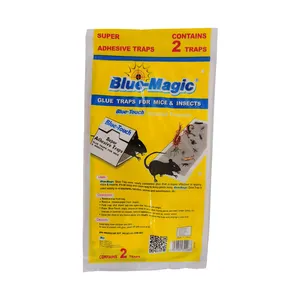
















Animal zappers have become an essential tool for maintaining hygiene and safety in various environments. These devices are designed to offer a humane and efficient way to manage unwanted animal presence. The category encompasses a range of products tailored to target different animals, from rodent zappers that keep away rats to specialized deer zappers for larger wildlife.
The diversity in animal zappers is vast, with each type catering to specific needs. For instance, the rat zapper ultra rodent trap is engineered for indoor use, providing a clean solution to rodent problems. Outdoor spaces often employ electric bird feeder and squirrel zappers to protect bird food from squirrels. More advanced options like the remote control squirrel zapper offer convenience, allowing users to manage the device from a distance.
Manufacturers of animal zappers prioritize durability and effectiveness. Materials such as stainless steel and ABS plastic are commonly used, ensuring longevity and resilience against weather conditions. The design of these products ranges from simple to modern aesthetics, with some devices like the chipmunk zapper trap being discreet enough to blend into their surroundings seamlessly.
Animal zappers serve multiple applications, from residential gardens to agricultural fields. They are particularly beneficial in areas where wildlife interference can cause damage or health concerns. Devices like the battery operated squirrel zapper are portable and can be placed strategically to maximize efficiency. The advantage of using such devices lies in their humane approach to animal control, as well as the reduction of manual effort required in managing pests.
Eco-friendliness is a significant consideration in the design of animal zappers. Many models are energy-efficient and designed to minimize harm to the environment. For instance, critter zappers often come with features that prevent accidental harm to non-target species, reflecting a responsible approach to pest control.
Selecting the appropriate animal zapper requires understanding the specific animal control needs of an area. For example, a snake zapper may be necessary in regions with high snake activity, while a deer fly zapper could be crucial for areas plagued by these insects. It is important to assess the environment, the target species, and the desired outcome when choosing the right product.